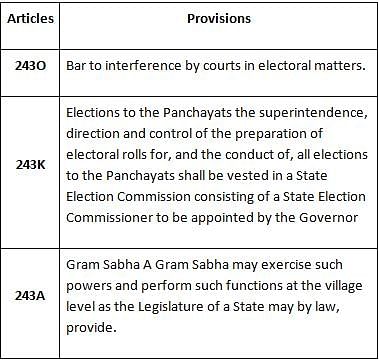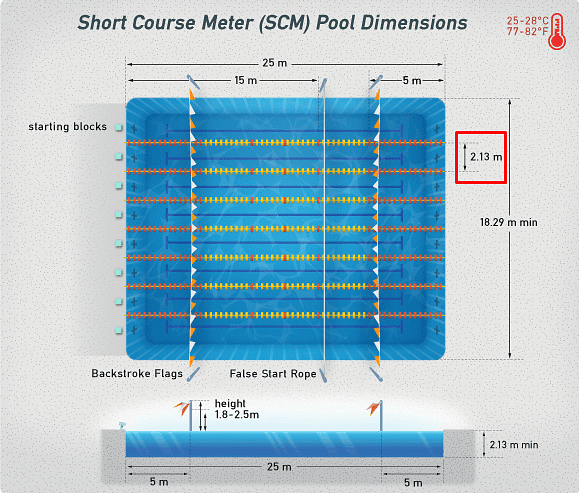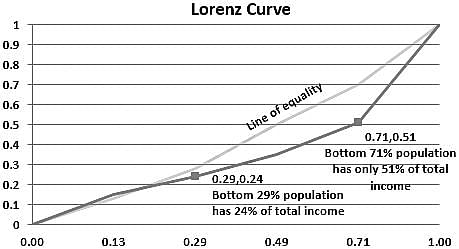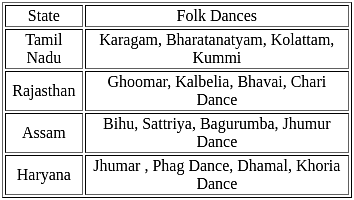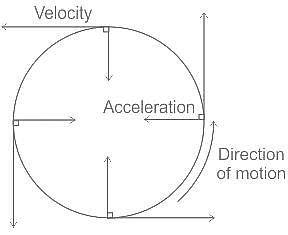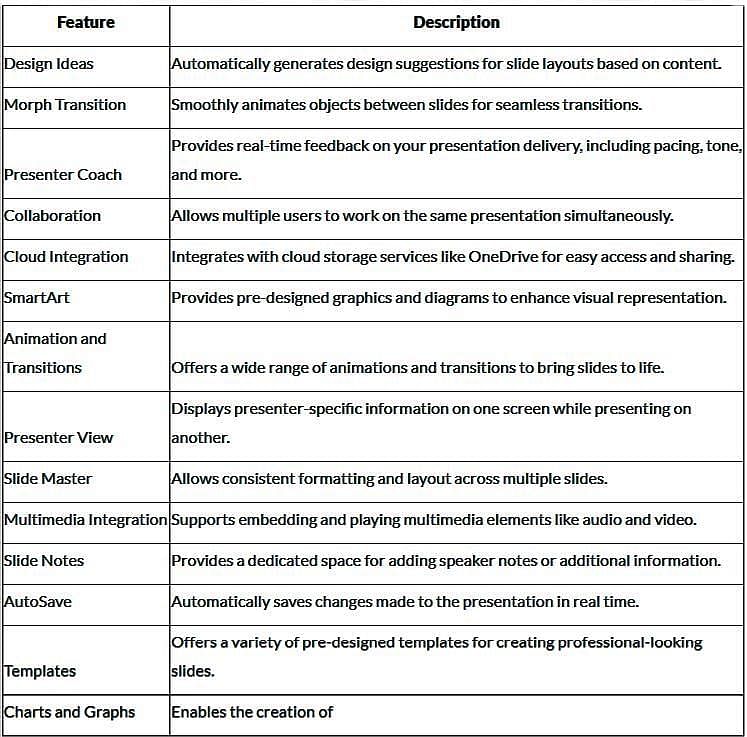RRB NTPC General Awareness Test - 4 - RRB NTPC/ASM/CA/TA MCQ
30 Questions MCQ Test - RRB NTPC General Awareness Test - 4
Tusu Parab is the harvest festival of which of the following Indian states?
Which Article of the Indian Constitution deals with the duration of Panchayats?
| 1 Crore+ students have signed up on EduRev. Have you? Download the App |
What is the rank of India in IMD's 2023 World Talent Ranking?
What is the minimum lane width in Swimming in meters?
Consider the following pairs:
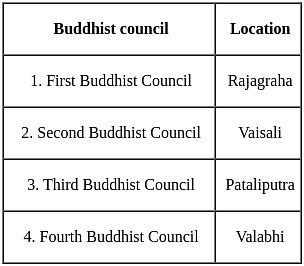
Which of the pairs given above are correctly matched?
The communist party of India was formed in 1920 in _________ by M.N. Roy, Abani Mukharji
What is the tenure of Gram Panchayat as well as urban committees?
Which of the following pairs of 'Physics – Principle' is correct?
I. Newton's Third Law – Equal and opposite force
II. Archimedes' Principle – Speed of light
Bhagat singh and B.K. Dutt threw bomb in the central Legislative Assembly on _______.
Which of the following sport item is associated with Heisman Trophy?
Which among the following is the sole note issuing authority in India?
Which famous Indian Kathak dancer received the Padma Vibhushan, India's second highest civilian award, in 1986?
'Ozone layer' absorbing ultraviolet radiation exists in which of the atmospheric layer?
The study of unemployment is the subject matter of which one of the following Economics?
What happens to the electropositive character of elements on moving from left to right in a periodic table?
Karagam Folk Dance is associated with which state?
What is the name of the 3D-printed rocket engine that NASA successfully tested?
Gautamiputra Satakarni is considered the greatest king of the Satavahana dynasty. Who was his immediate successor from the following options?
In September 2023, UN World Food Programme and Which IIT has signed MoU for contributing towards improving food security, nutrition, climate resilience & livelihoods?
The Fifth five-year plan of India, was focused on:
A particle is performing a uniform circular motion. Which is the WRONG statement regarding its motion?
Which of the following lake is an example of 'Crater Lake'?
What is the name of the mission aiming to launch the world's first wooden satellite into orbit?
Who won the Italian Junior Singles title with a victory over Ananya Agrawal?
Which of the following shortcut key is used add a new blank slide to an existing presentation of MS-PowerPoint 365?
Sam wants to share his presentation with larger audience via emails. Which feature of MS PowerPoint 365 can he use for it?



